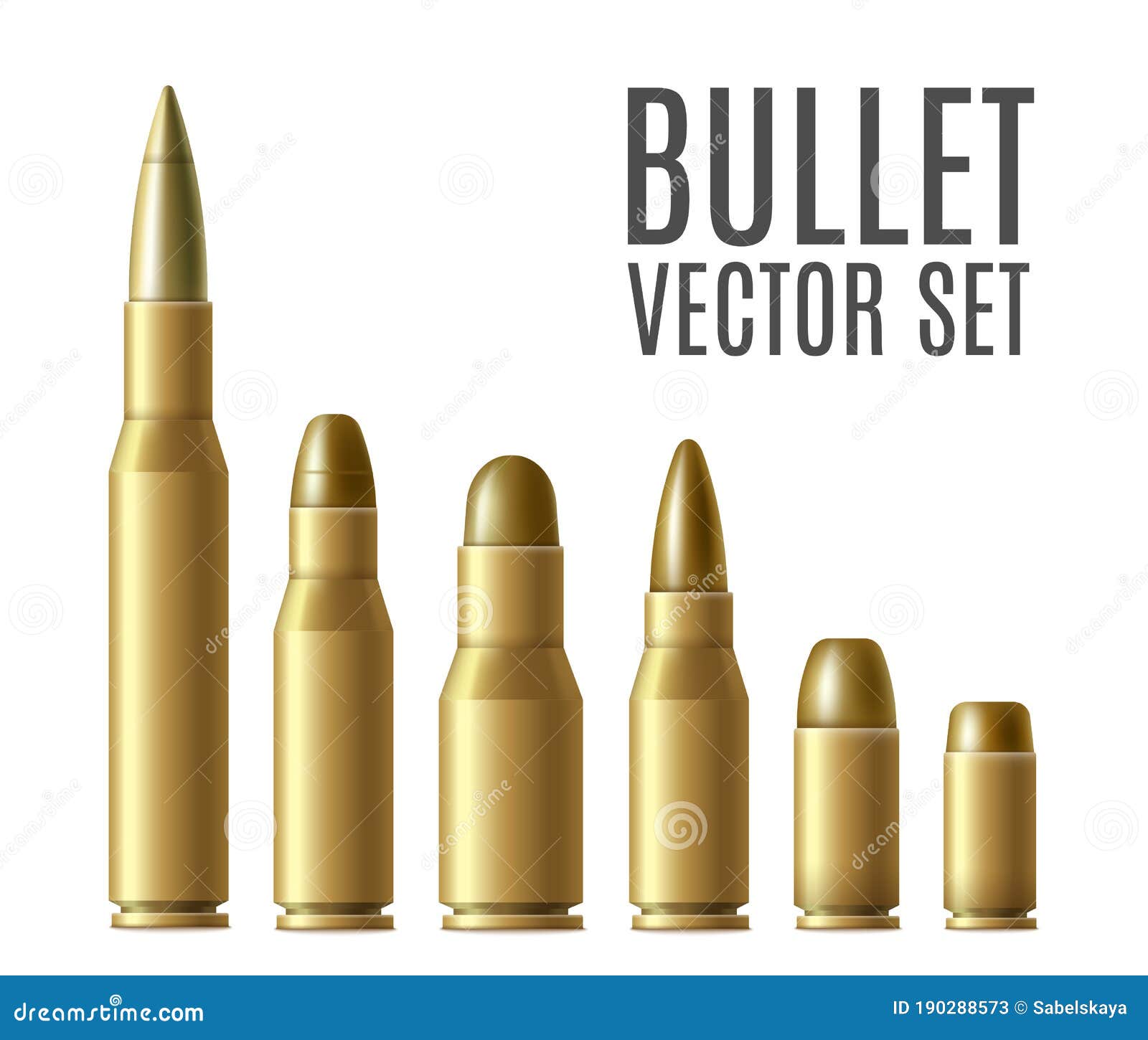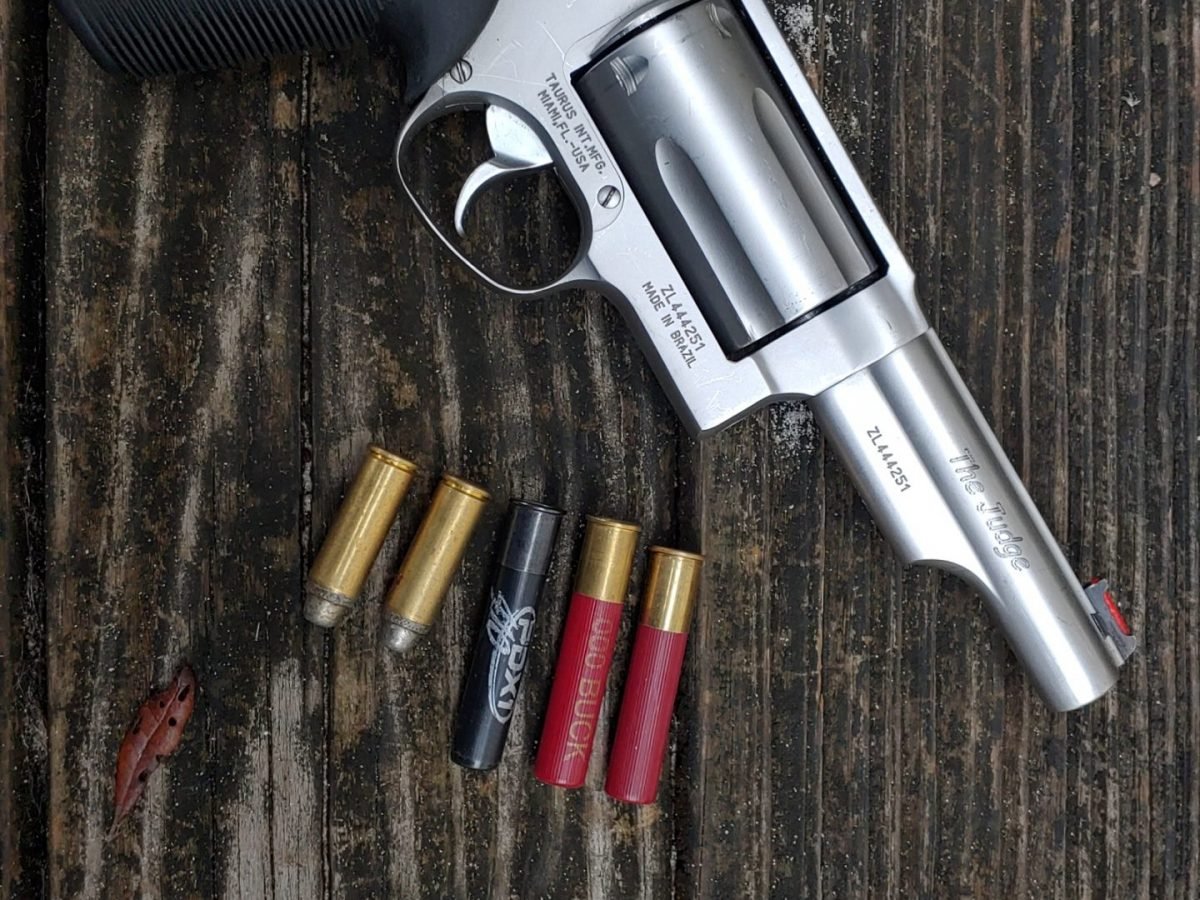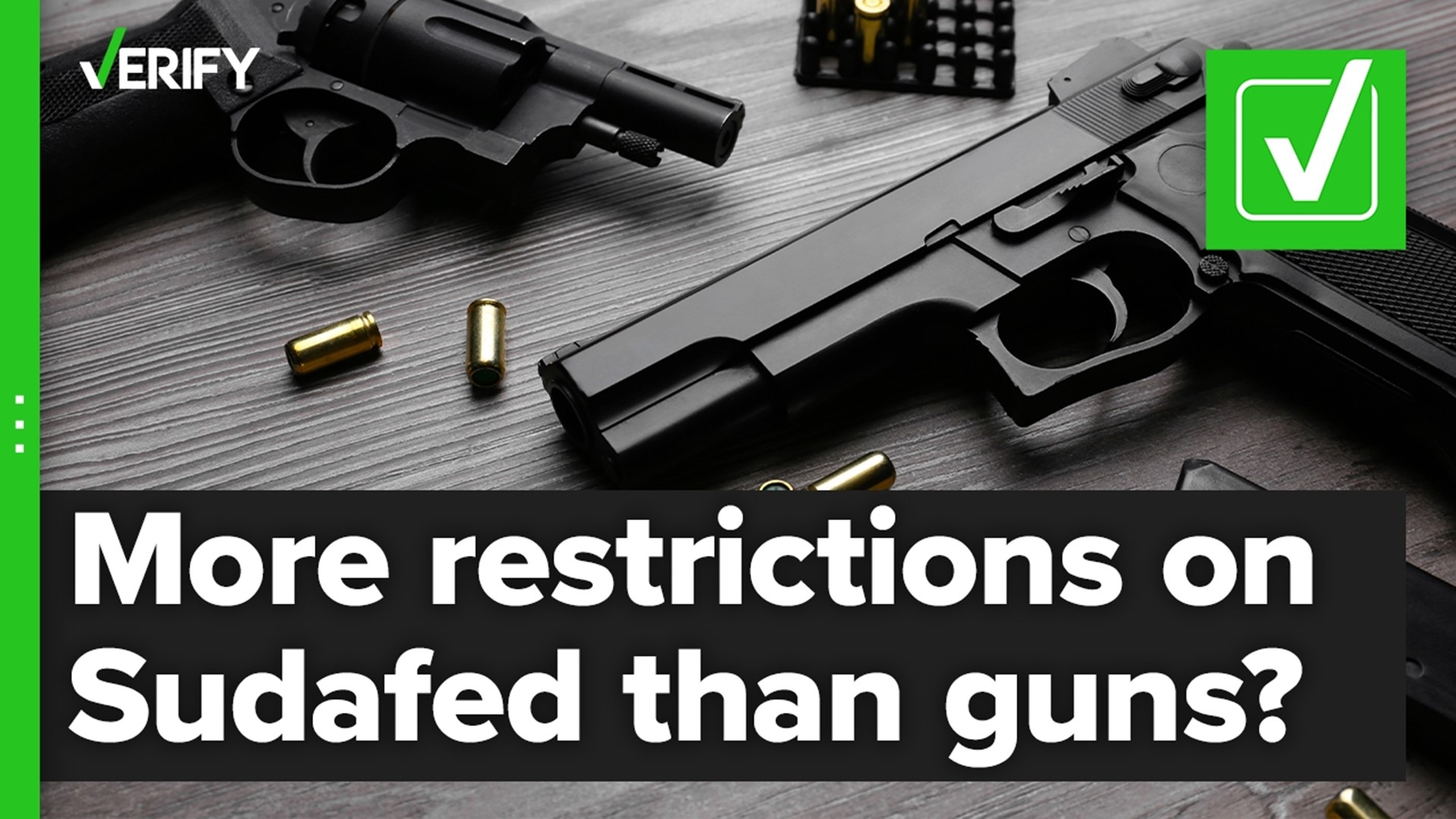Revolver Ammo Types - Whether you're a new hunter or a seasoned shooter, sometimes it's good to step back and look at some data on the cartridges we shoot. Maybe we're thinking about expanding our gun collection but aren't sure which way to go in terms of quality, or maybe we're curious about where the .380 ACP came from, for example. Then again, we're probably wondering if that new caliber we're considering is easy to reload. A cartridge comparison guide is a good place to start.
One thing is for sure - we shooters have never had the best cartridges out there. Whether you're a hunter who prefers rimfire cartridges in a single- or double-action revolver or a shooter who uses semi-autos for a variety of purposes, there's at least one cartridge that will get the job done at hand.
Revolver Ammo Types

The list of cartridges designed for handguns is long, but we'll look at the top 11 options. How do I know this is a top choice? Advertisements. These are the best selling tapes in the US. in terms of sales figures. We'll look at where they come from, average ballistics, and common uses for each.
How Many Types Of Bullet Are There?
As you look through the list, you see circles called names or letters after counting numbers. What do they mean? Why are some in millimeters and others not? What does "Special" and "Magnum" mean? Let's find out
Caliber is given in millimeters or decimals. This mainly relates to where the cartridge comes from. If it is from Europe it will be a metric brand although there are a few metric cartridges developed in the USA. Circuit developed in England or USA. will use a decimal separator. Both types of names simply indicate the diameter of the bullet, more or less. The 9mm, for example, fires a 9mm bullet about .355 inches in diameter. Both the 10mm and .40 S&W fire the same bullet—a .401-inch diameter. (Quick clarification – when I use the word âroundâ, it means cartridge. I thought I'd better mention that up front).
The other descriptive nomenclature is just a random name to distinguish the cartridges; here I will explain the non-numeric words listed above:
The .38 Special and 357 Magnum cartridges use a .357-inch diameter bullet, but the .357 Magnum round will not fit into the .38 Specialâs cylinder—it is too long, on purpose. The .38 side is 1.155 inches long and the .357 side is 1.285 inches, a difference of .17 inches. The .44 Special and Magnum cases are nearly identical to their .38 counterparts in length (1.152 vs. 1.280 inches). The old one. More powerful magnum bullets, perhaps, could fire an older .38 or .44 Special revolver. Therefore, we must be careful not to confuse the two. Some very old .38 Special revolvers are recessed enough to allow the .357 Magnum cartridge to be loaded, but I don't want to be the one shooting it.
Best .22 Lr Revolvers: Complete Guide
So, once you're familiar with the system, you'll know that the .38 Special and the .357 Magnum fire the same bullet, .357 inches in diameter. Why call it .38, you might ask. The .38 Special predates the .357 by a third of a century. There were several different .38 caliber cartridges in use until the year (1898) when the .38 Special was introduced. The .38 Special round was derived from the .38 Colt Short which was developed to fire modified .36 caliber cap and ball revolvers. It was called the â.38â even though it fired a .357 caliber bullet. â.38â refers to the loaded dimension. Consequently, both the .38 and .357 use .357 caliber bullets.
Special/Magnum Reloads – Note: If you are a reloader and have reloaded both a special and magnum version of one of these .38/.357 cartridges or the .44 equivalent, please DO NOT put magnum caliber loads in short cases. Only use magnum cases for magnum loads. It's okay to unload magnum loads a bit, but use long cases. This is advice gleaned from personal experience of a not-so-pleasant kind.
âACPâ stands for Colt Automatic Pistol. John M. Browning designed both the .380 and .45 ACP rounds - more on that below.

âS&Wâ stands for Smith and Wesson, the company that developed the .40 cartridge. Others had a hand in it, but the .40 S&W case head stamp says just that, 40 S&W.
Ammo Types Compared: When To Use What Ammo [2022]
The .45 Colt is named after it was designed by Colt and introduced in 1872. It was intended to be fired from their 1873 Peacemaker single-action revolvers. It was the official patron of the Army for 14 years. Some sources will call it a .45 Long Colt, but technically it is a .45 Colt. The âLongâ part was added by Army quartermasters to distinguish it from the short .45 cartridges of the day, but we call it the Prince .45 today.
Rimfire cartridges have their main compound on the rim of the case. .22 is an example of this. In the 19th century, most large bullets were rimmed. Today, there are very few discharge cartridges.
Centerfire cartridges use a separate, rotating primer to ignite the powder located in the center of the side head.
Now that we know the difference, let's take apart a medium fire cartridge and explain each part. (Rimfire cartridges use the same basic elements without the primer, but we will look at center fire bullets).
Special Bullets Images, Stock Photos & Vectors
Cartridge Case: A copper (or aluminum) casing designed to hold a charge of powder, ammunition, and primer (medium fire). This case is round with a flat "head" (the end facing the fold) and has a rim (revolver cartridges) or rimless (semi-automatic cartridges) attached to the head.
Boxer primers are drilled through a hole in the center of the bottom of the case and contain an anvil into which the primer is crushed. These are the more popular of the two in modern rifle and shotgun cartridges. Housings prepared with a boxer are easy to put on.
Berdan primers are designed to drill two holes in the case head, which contains an anvil into which the primer is pressed. This convex anvil is located in the hole contained in the box with a boxer-shaped primer. Berdan brass is very rare in modern weapons - it is very popular in Europe, mainly for old military rifles and pistols. Reloading holsters with Berdan prime is not easy and not worth the trouble. One must know the difference between Boxer and Berdan primers as most Berdan priming compounds are corrosive and must be cleaned after the gun is unloaded.

How to identify the two: Look at the empty cartridge. If you see one hole at the bottom, it is prepared with a boxer. Two small holes on either side of the center tell you it was prepared by Berdan. Unless you're loading a very rare, hard-to-find Berdan priming cartridge, you're often throwing away blanks. The cases brewing with Berdan are not worth the hassle, believe me.
Mm Lebel Revolver
There are two basic sizes of primers, large and small, and two different power levels, standard and magnum. This applies to both handguns and rifles.
The propellant is ignited by the primer and ignites which in turn pushes the bullet down the barrel and out of the muzzle. There are many different types of powder, each of which effectively performs one or more functions. Low burning powders are usually used in magnum cartridges. These powders usually require a large amount loaded into the case and burn at a slow rate. That's what it takes to move a large bullet down the barrel of a magnum revolver at high velocity. At the other end of the spectrum, there are fast-burning powders that are great for light targets or rounds for use in semi-autos and short barrels. The choice of flour can be a point in itself - it involves many details and variables.
A projectile ejected from the muzzle of a gun when the primer ignites the powder. Note that a bullet is JUST a projectile...don't call every cartridge a bullet. It's called a cartridge for a reason.
There are thousands of bullets available, but for our gun related purposes here we are talking about lead bullets or jacket bullets. Each has its function. Suffice it to say that, in general, cast bullets are used for target loads at low velocities or for magnum-level hunting loads in revolvers and semi-autos. Jacketed bullets (jacketed hollow point, JHP or jacketed soft point, JSP) are often used in self-defense or payload hunting because their purpose is to expand to a larger diameter after hitting the target to increase target incapacitation. Like cast bullets, jacketed bullets can be fired from either cartridges or semi-automatics.
Best 38 Special Ammo For Self Defense
Ammo can, ammo containers, revolver holster and ammo belt, ammo boxes, revolver ammo pouch, ammo vest, ammo bag, bandolier ammo, ammo holder, ammo primer, revolver ammo holder, ammo storage
0 Comments